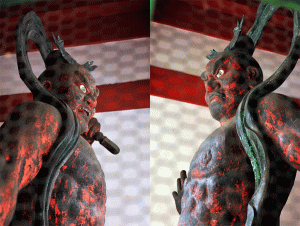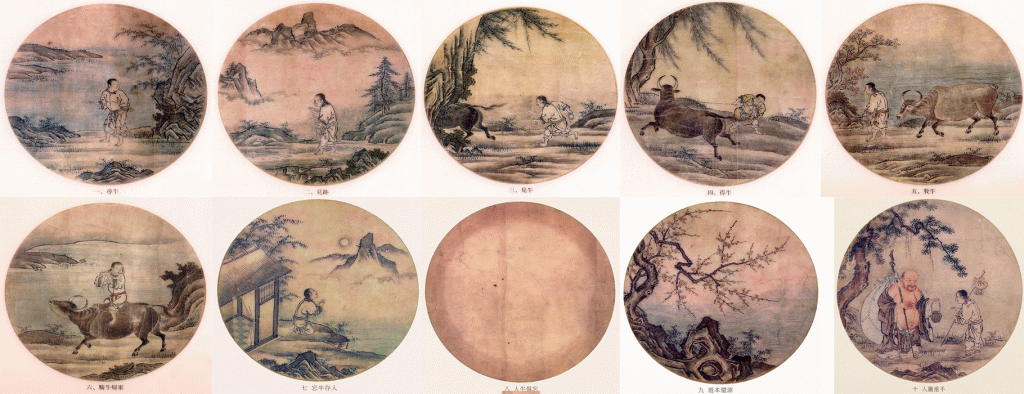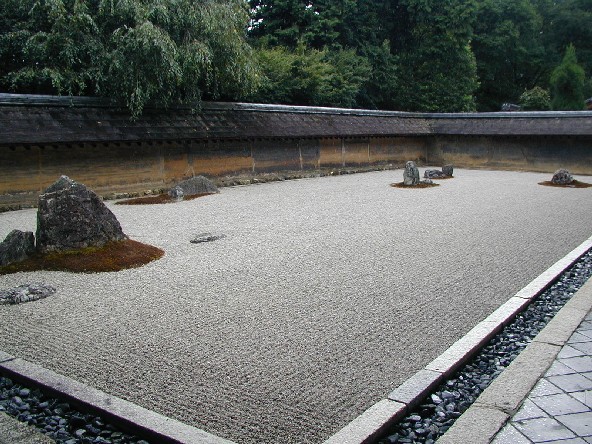Movement and Stillness, Balance and Harmony
In the Book of Balance and Harmony, Li DaoChun writes, “The Absolute is movement and stillness without beginning, yin and yang without beginning.”
Movement and rest manifest on all scales and take on different meanings. Movement and rest can be either mechanical or a more conscious movement and rest.
“The waning and waxing of energy and matter are the movement and rest of things. Rising and retiring by day and night are the movement and rest of the body. Everything, including the advance and retreat of the person, the arising and vanishing thoughts, the fortune and adversity of the world, the success and failure of tasks, is a matter of the alternating rise and fall of movement and rest.” — Li DaoChun, The Book of Balance and Harmony
Movement and Stillness, Birth and Death
Even birth and death are a manifestation of movement and rest. Birth and death may refer to the birth and death of the physical body. But these concepts can also refer to the conscious birth and death of the spiritual body, an effort to awaken Real ‘I,’ to unveil one’s ‘original spirit.’ This is conscious movement and rest.
In Taoist alchemical texts, this birth and death, the beginning and the end, is also called doing and non-doing, or action and non-action.

In these temple images above, the left guardian, with an open mouth, is saying ‘Ah,’ representing movement, the beginning, or birth. The right guardian has a closed mouth, and is saying ‘Un,’ referring to rest, the end or death.
Resting in Stillness, Gathering in the Mind
“The teaching of spiritual alchemy says that when the mind runs off one should gather it in. After gathering in the mind, let go of it. After action, seek rest. Finding rest, one develops enlightenment.” — Zhang San-Feng, 12th century Taoist master
‘Gathering in the mind’ means first becoming aware of the mind and then stilling the mind. Our mind is always racing around. Like a monkey jumping from branch to branch, our mind jumps endlessly. It moves from thought to thought, without self-awareness, in the dark.
Self-awareness is like light. Once one has inner light and is aware of upcoming thoughts, it is possible to pay no attention to them. Let them pass, while at the same time keeping one’s attention on the present moment and on what one is doing externally. This effort represents ‘conscious movement.’
If one is able to do this, even for a relatively short time, one’s original spirit can manifest. Sometimes, when this manifestation is deep enough, one experiences an inner transformation. At such a time, one sees the body that has one’s name as something separate from oneself. In this moment, one becomes the original spirit, experiencing the body as merely a vessel.
Conscious Movement, Conscious Rest
The first six Zen ox-herding pictures show conscious movement, while the last four show conscious rest.

In these first six images, the child represents the steward or mind-ruler. The child is actively ‘gathering in the mind,’ which the bull symbolizes. In the first two, he is looking for the bull. This means that in our normal circumstances one is not aware of our lower mind, because one is it.
Only when the steward awakens, engages self-awareness, and quiets the mind, does one begin to see the mind objectively. Once the steward is successful in bringing about the return of the original spirit, there is rest for the steward.
Welcoming the Original Spirit
“When the spirit of heaven rules in man, his animal nature takes its appropriate place.” – I Ching, Hexagram 11, Tranquility
The ‘spirit of heaven’ is one’s original spirit. After the lower self has become passive, the original spirit can manifest. At this point, one leaves movement and stillness, and enters non-doing.
“The path of stopping in the proper place requires that doing and non-doing, action and stillness, be as one. Here yin and yang merge and sublimate. The final achievement comes only when you rest in the realm of ultimate good, without evil. If you do not reach the realm of ultimate good without evil, this cannot be called complete fortune. So those who practice the Tao should know where to stop.” — Liu Yiming, Hexagram 52, Mountain
The ten ox-herding images portray movement and rest, doing and non-doing. Doing means restoring the primordial while in the temporal. The primordial is the original spirit as it was before it the temporal world veiled it.
By struggling with acquired conditioning and the many I’s, one’s original spirit grows in experience. By manifesting more, it becomes stronger and more intelligent. If one doesn’t struggle with acquired conditioning and instead goes along with it, the original spirit does not grow, and stays asleep.
Walther Sell is the author of a website on Oriental esoteric teachings and the Fourth Way. For more, see his page, Inner Journey to the West.
See other articles by Walther for the FourthWayToday.org.
